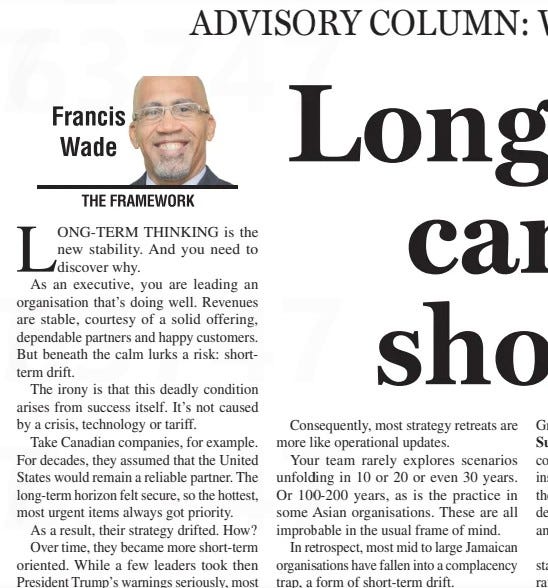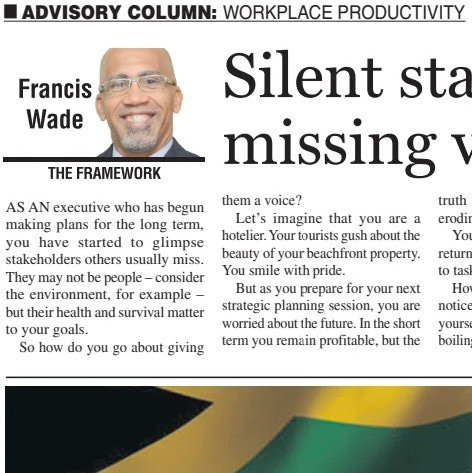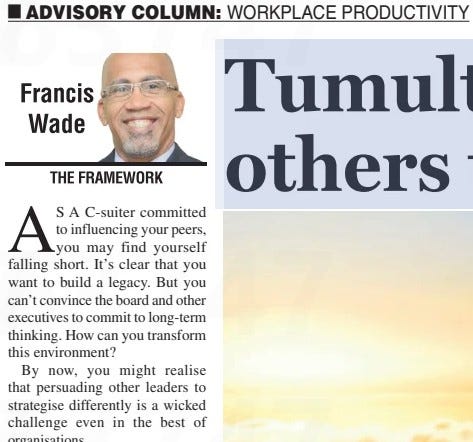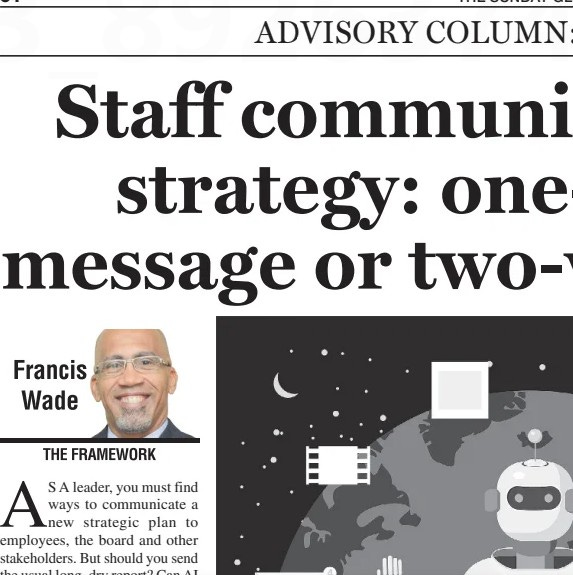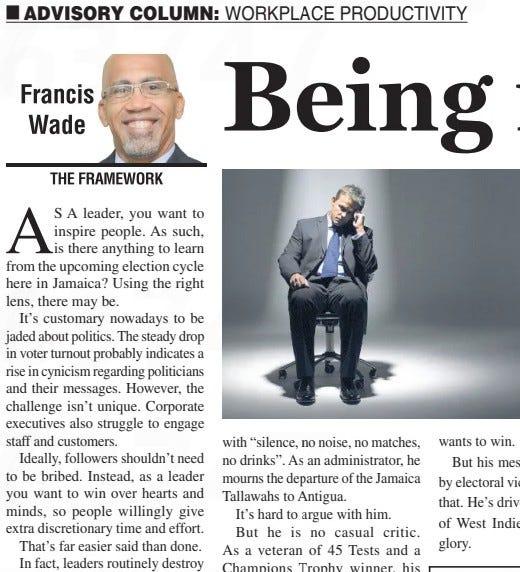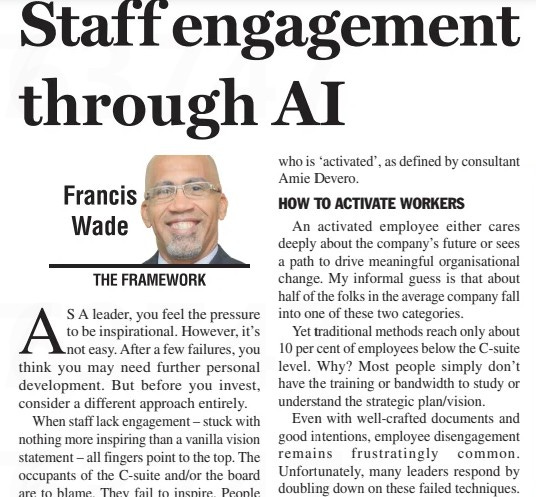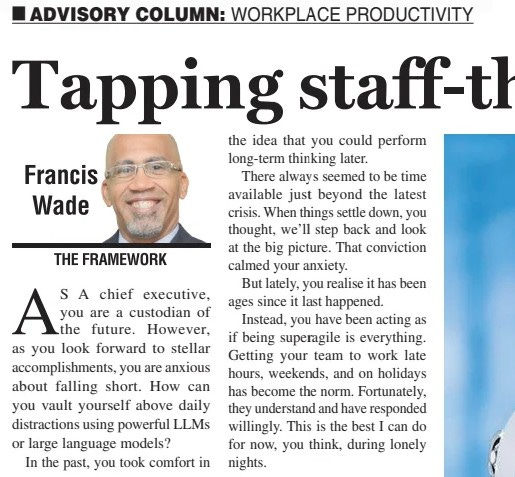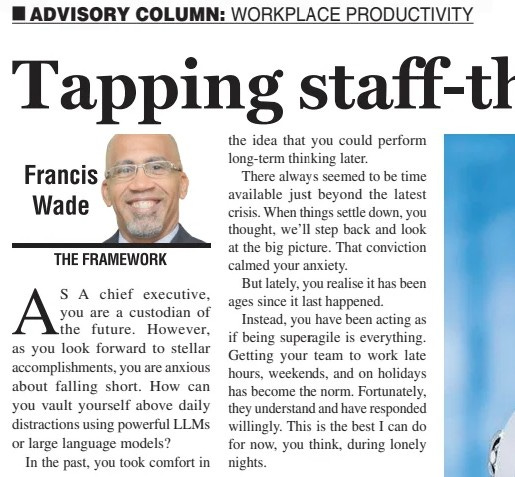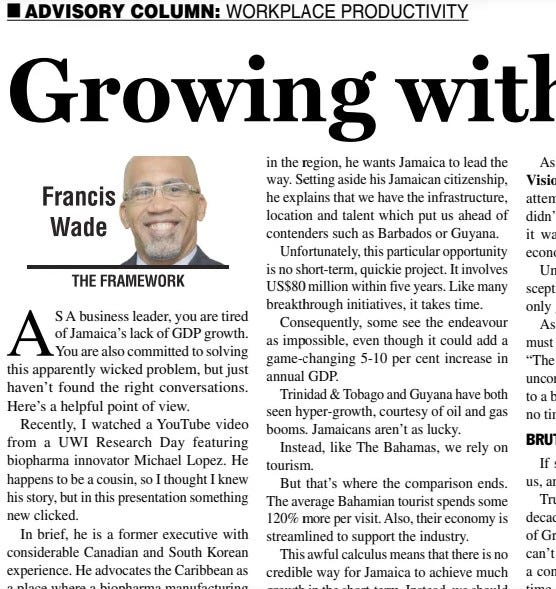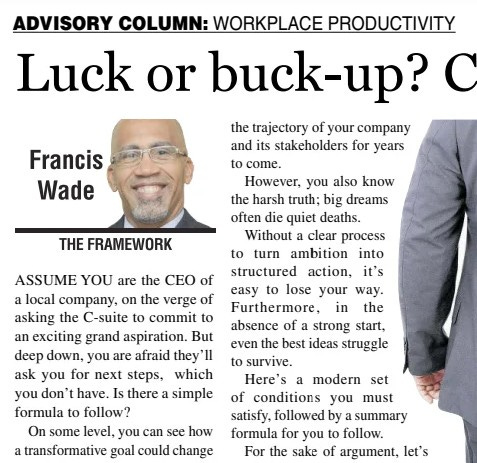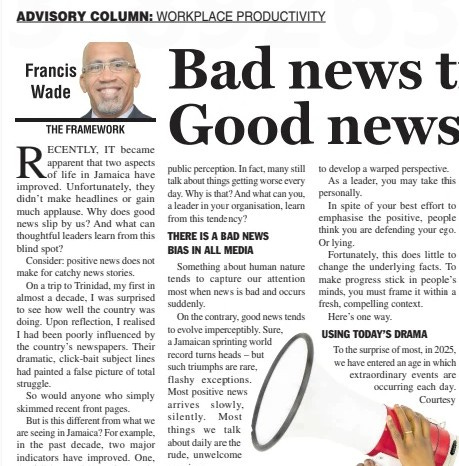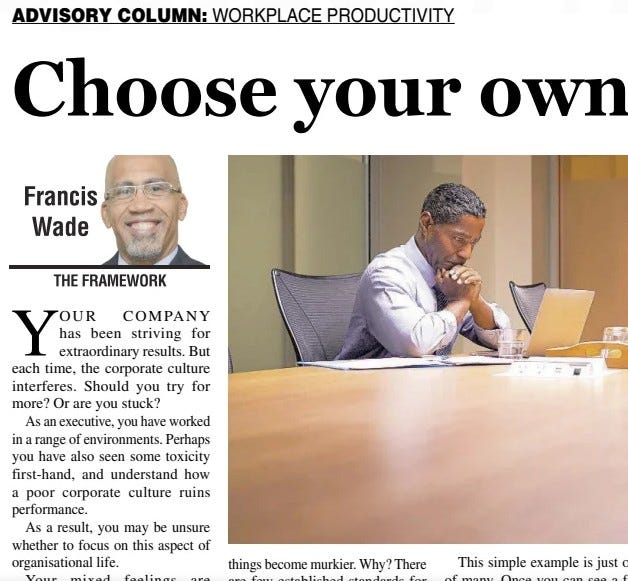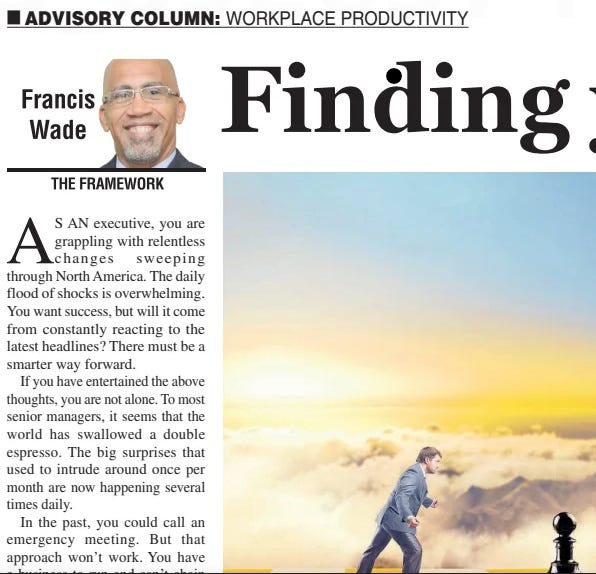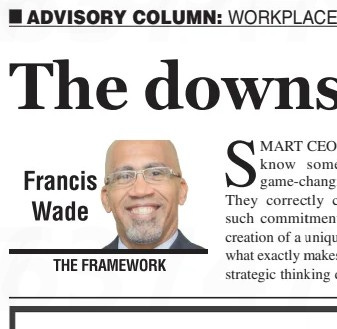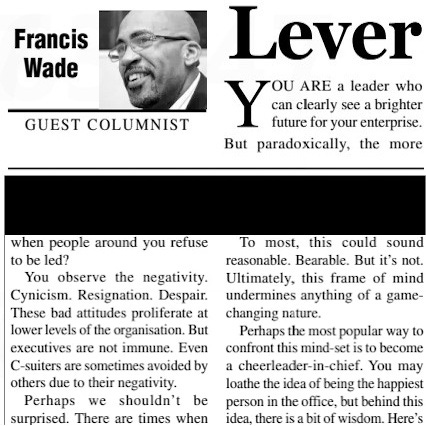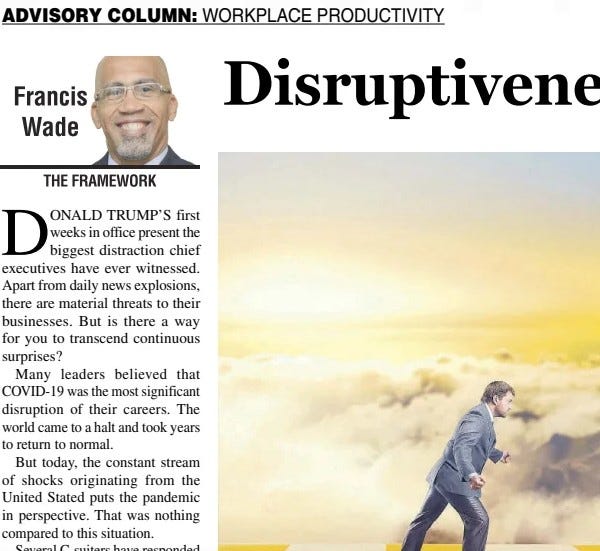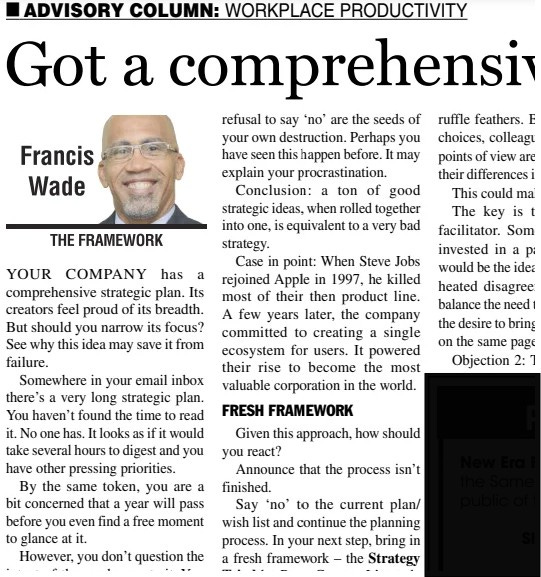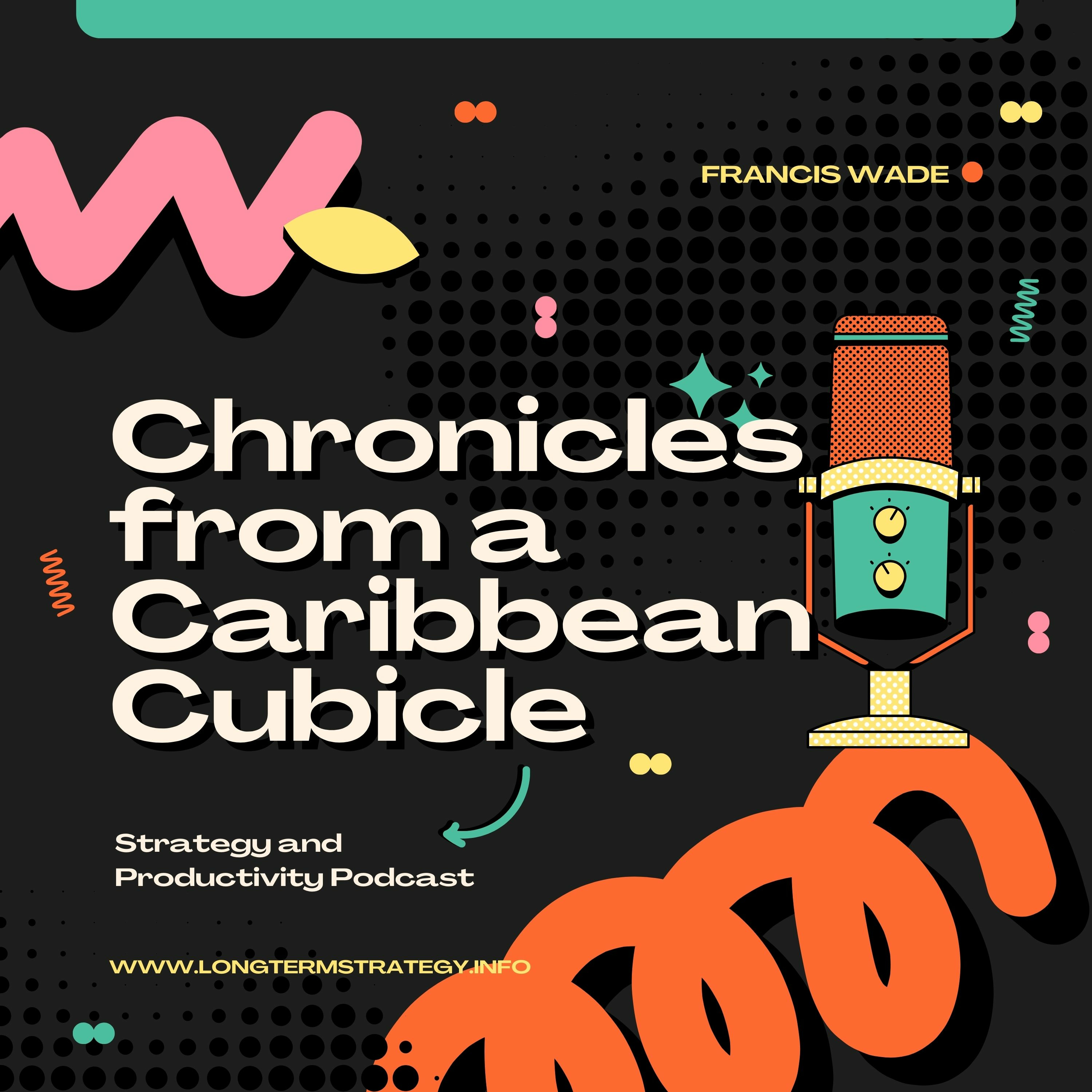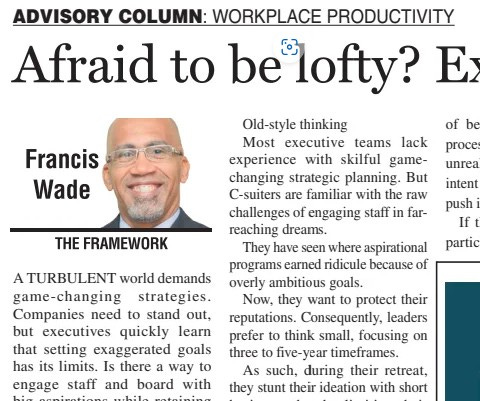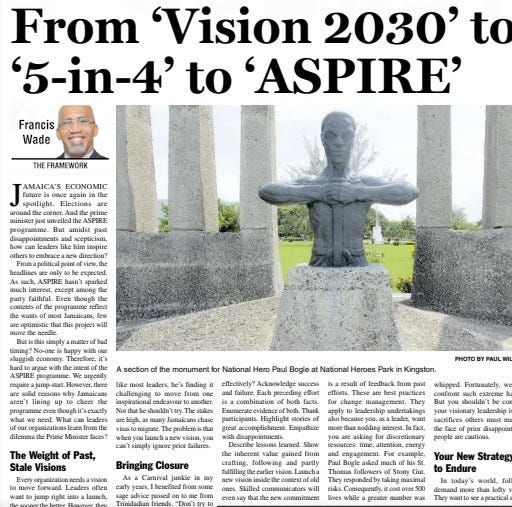The Hidden Risk of Success: How Short-Term Drift Erodes Long-Term Leadership
Description
The Stability Trap
Your organisation is doing well. Revenue is strong. Customers are satisfied. Partners are dependable. From the outside, all indicators suggest smooth sailing.
But under the surface, a dangerous shift is taking place—short-term drift. Ironically, this subtle threat emerges not from crisis, competition, or disruption, but from long-term stability itself.
Consider what has happened in Canada. For decades, Canadian businesses assumed their relationship with the United States—its largest trading partner—was rock solid. The long-term outlook seemed secure. So leaders prioritised immediate operational concerns over deeper, strategic ones.
But when political shifts began to destabilise cross-border relations, many companies were caught off guard. While a few heeded early warnings from U.S. leadership, most dismissed the risks. That complacency became apparent only in hindsight. What they lost was not just preparedness—but the ability to think long-term in an environment that demanded it.
This is short-term drift in action: the gradual and unconscious narrowing of focus to what seems most urgent, while neglecting the truly important.
And it’s not just Canadian firms. This phenomenon is playing out across industries and borders.
How “Success” Dulls Strategic Thinking
Take a moment to consider your own company. If you’re relying on a traditional five-year strategic planning cycle, short-term drift may already be taking root.
Why? Because a five-year lens quietly removes anything further out from serious discussion. Questions about the world in 10 or 20 years—customer needs, technology evolution, global regulations, talent pipelines—fade from view. The long-term horizon becomes a foggy abstraction. In some Asian corporations, by contrast, planning horizons stretch to 100 years or more.
In many mid-sized or large organisations, strategy retreats become little more than operational reviews dressed up with glossy presentations and smart-sounding goals. These so-called strategies are rarely the product of deep re-evaluation. Instead, they reflect a preference for safety and familiarity. Existing assumptions remain unchallenged. Difficult trade-offs are postponed.
When the unexpected occurs—think pandemics, AI disruption, climate-related volatility or geopolitical conflict—the organisation is caught flat-footed. Recovery is often slow, sometimes impossible.
A case in point: Intel. The once-dominant chipmaker was warned of competitive threats two decades ago. Founder Andy Grove even wrote a book—Only the Paranoid Survive—that outlined how close the company came to losing its lead. Yet that wasn’t enough. By the 2020s, Intel had drifted, allowing TSMC and Nvidia to outpace them in both innovation and growth. The result? A painful loss of relevance in an industry it once defined.
Where True Stability Comes From
The answer to this quiet erosion isn’t reactive crisis management. Nor is it simply extending your planning timeline.
Instead, leaders must draw confidence and stability not from present success or external conditions, but from their organisation’s ability to think—and act—long-term.
Here’s how:
1. Challenge the Five-Year Limit
The five-year plan has become a default tool in many companies. But relying on it alone is a dangerous blindfold. Many known forces shaping your future lie beyond that window—demographic changes, technological revolutions, climate transformation, shifts in global power.
To begin, surface long-term issues currently gathering dust in the boardroom. Think of trends everyone knows are coming—but no one is seriously discussing.
2. Rehearse the Future with Scenario Planning
Scenario planning offers a powerful way to break the tyranny of short-termism. Used in global institutions—and even to craft national visions like Vision 2030 Jamaica—this method allows teams to map a range of future possibilities and stress-test their strategies against them.
Done properly, scenario planning becomes a kind of corporate rehearsal: the leadership team imagines what could happen, what the organisation’s instinctive response would be, and how a more prepared, visionary plan might fare.
Such exercises reveal fragilities before they become fatal. And they generate resilience far more effectively than motivational slogans or “change readiness” workshops.
3. Replace Positivity Theatre with Real Courage
Many executive teams avoid long-term thinking because it’s uncomfortable. It introduces uncertainty. It invites pessimism. And it requires confronting possible failure.
In some companies, a forced optimism takes root—“bring me solutions, not problems” becomes the motto. Dissenting voices are silenced in the name of unity. Difficult conversations are sidelined in favour of morale-boosting pep talks.
But this denial of risk is not leadership—it’s theatre.
Real leadership requires courage. Not the kind that wins applause, but the kind that invites scrutiny, tough questions, and occasional setbacks. It means accepting the possibility of reputational harm, negative press, or even internal dissent if it serves the long-term health of the organisation.
Conclusion: Lead Beyond the Comfort Zone
Short-term drift is a subtle, silent threat. It doesn’t come with alarms or sirens. It hides behind strong earnings and confident forecasts. But it’s corrosive—and by the time its effects are visible, it may be too late.
To guard against it, executives must replace passive stability with proactive foresight. Real strategy starts where comfort ends. It begins with asking the hard questions—about what lies beyond five years, beyond this market cycle, beyond current success.
If you want to protect the future, build your strategy on vigilance, not victory. Reconnect your organisation to its long-term mission. Challenge today’s assumptions. Engage with tomorrow’s unknowns.
Only then can you truly lead—not just for now, but for the decades to come.
The above article is adapted from my regular column in the Jamaica Gleaner newspaper.
This is a public episode. If you'd like to discuss this with other subscribers or get access to bonus episodes, visit longtermstrategy.substack.com/subscribe

